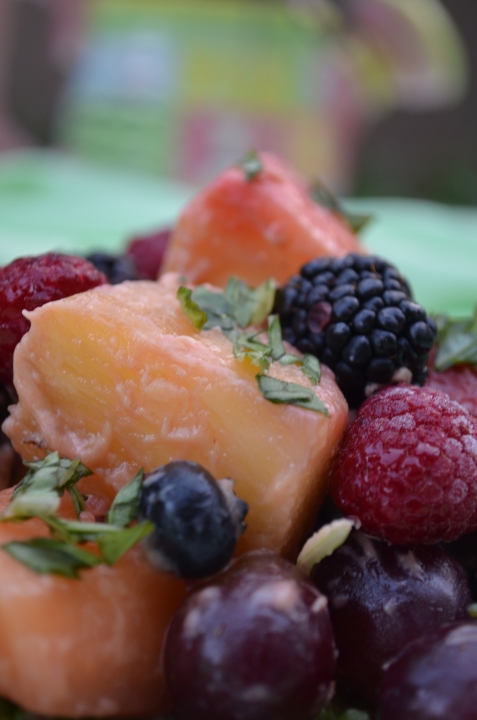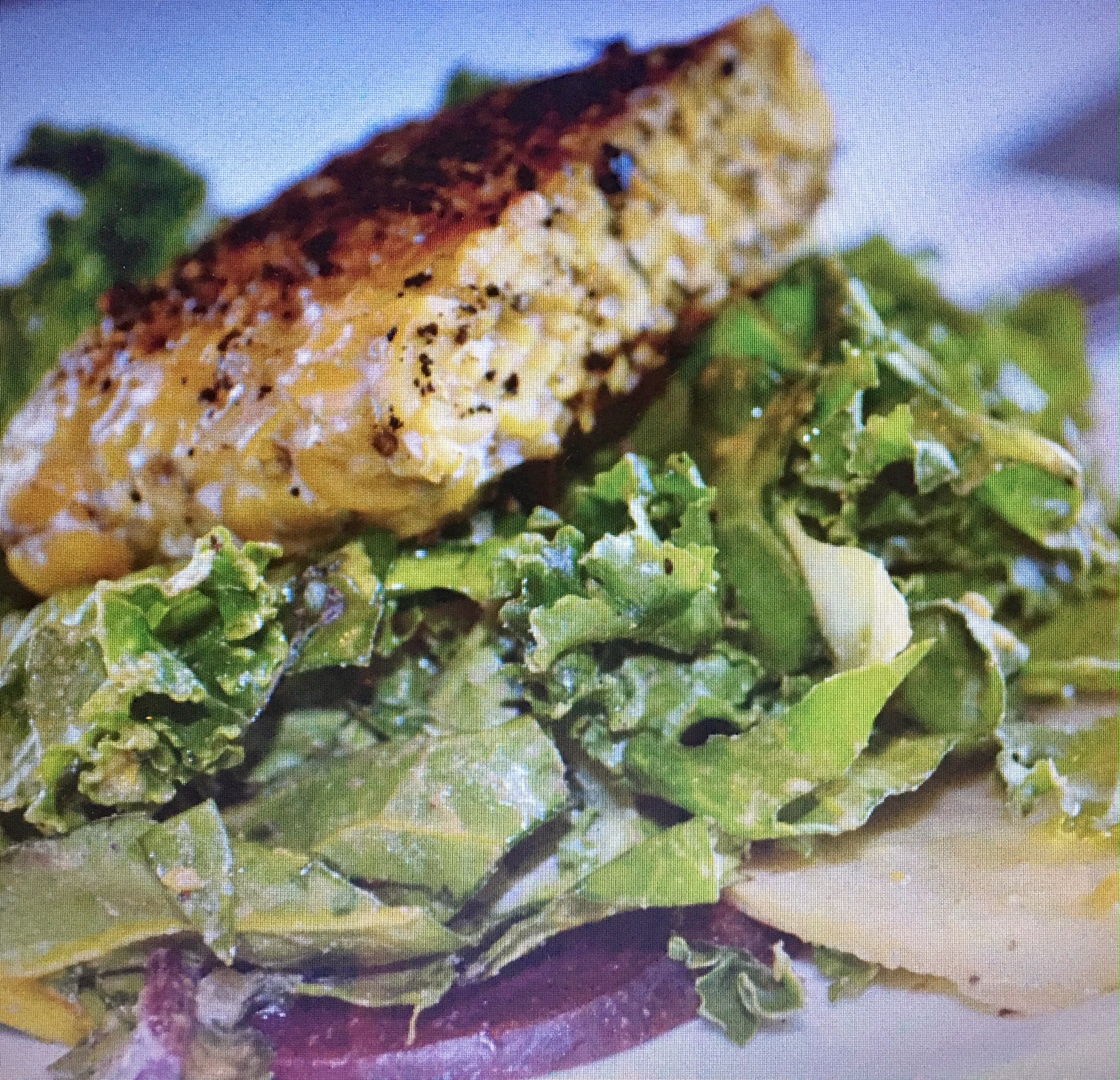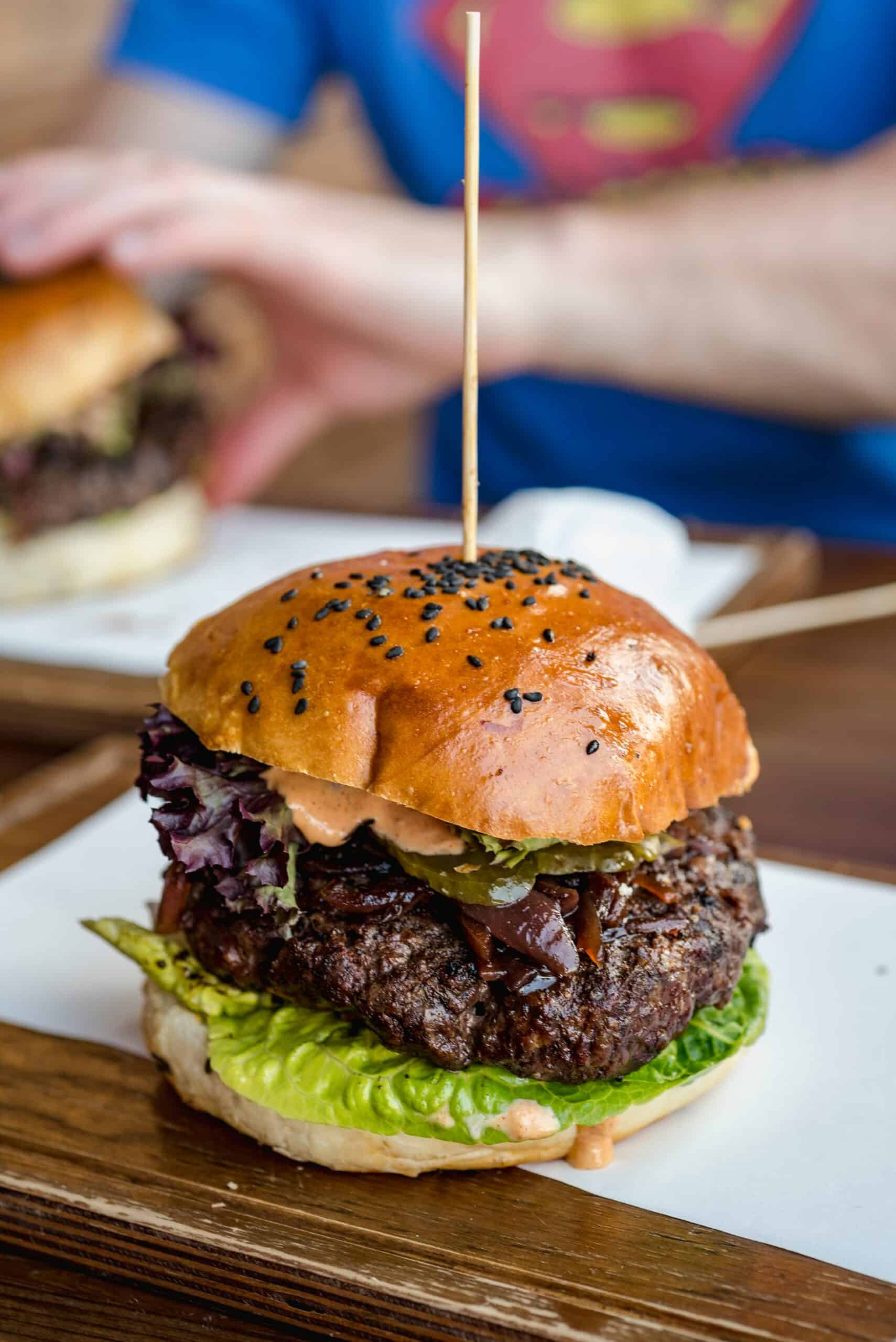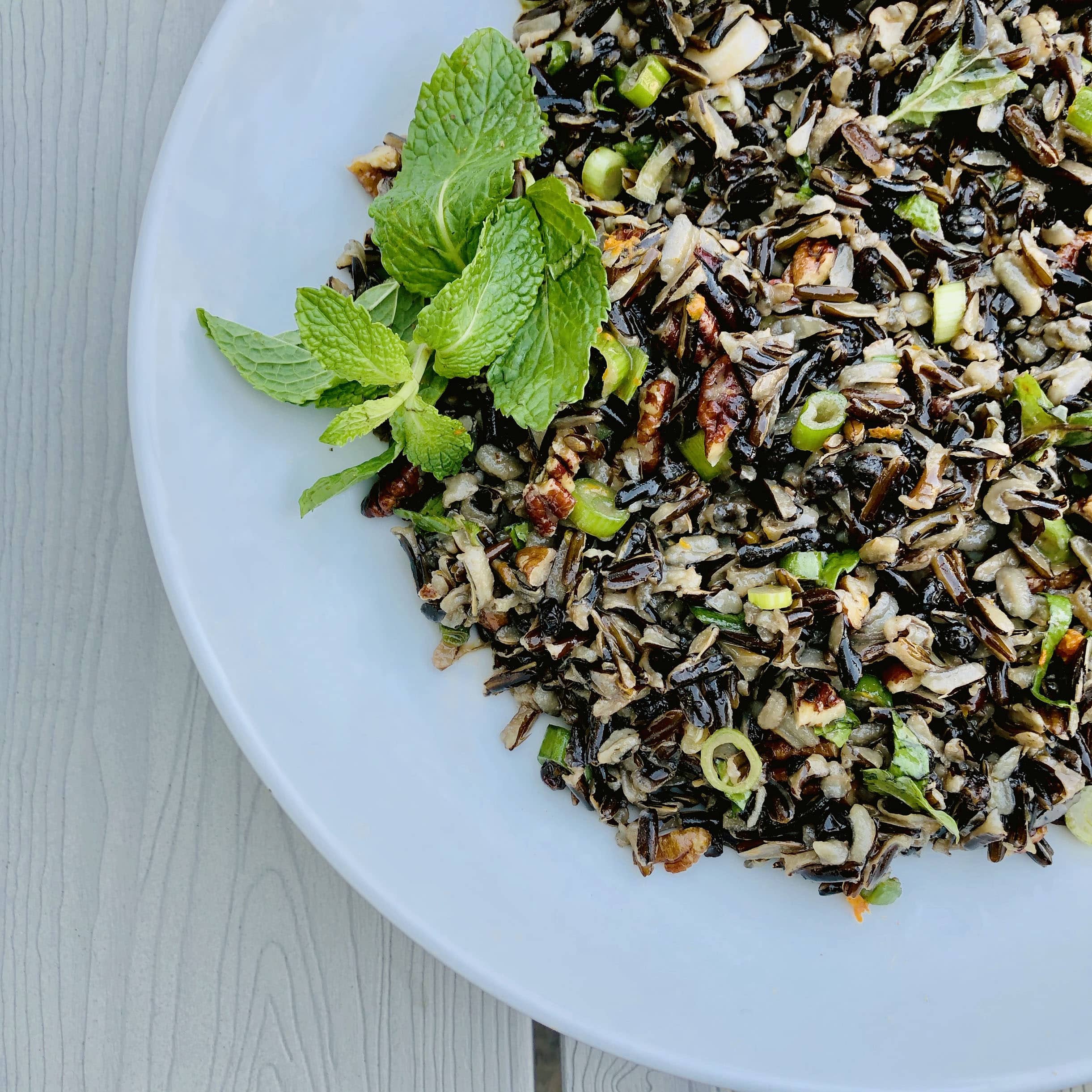The Newest in Skin Care

Reducing visible wrinkles, minimizing fine lines, keeping that natural healthy glow, these are some of the concerns countless women, and men, battle with every day as the days and years go by. With sales in the United States alone at more than $12.5 billion in 2013, skin care products are looking for their next boost through products that target skin damage related to air pollution. With industry studies beginning in Asia, where air pollution and its effects on skin damage is high, findings are that air pollution particles have been found to land on the skin thereby causing skin damage.
Plus
Common Effects of Skin Damage: (cited by the WSJ, October 1, 2014; Debra Jaliman, Icahn School of Medicine at Mount Sinai)
*Dehydration
*Redness
*Age spots
*Wrinkling
*Acne and skin eruptions
*Eczema
Some of the new beauty products hitting markets now to minimize the damaging effects of pollution are: Olay Total Effects Daily Moisturizer, Clarins UV Plus HP Day Screen SPF 40, and the Clarisonic Smart Profile Sonic Cleansing Brush.
Can’t afford a new moisturizer at this time or not ready to make a change? Here are a few common pollutants and how you can combat them:
*Dust particles and chemicals in your home! Keep your home dusted by using a damp cloth as opposed to a vacuum cleaner or broom which can cause dust to swirl around in the air only to re-land in your home.
*Avoid cigarette smoke which can irritate skin, eyes, and hair. If you are a smoker, consider quitting. Not a smoker? Second-hand smoke can still be irritating to your skin. Avoid it whenever possible. Remove yourself from smoky rooms.
*Don’t burn your food or anything else. Gas burners, grills, wood-burning fireplaces give off gases that can irritate and inflame the skin. Make sure you have good ventilation and engage the exhaust fans when cooking.
*Keep skin hydrated by drinking water regularly throughout the day and use an effective moisturizer nightly and for day, make sure your moisturizer contains sunscreen with an SPF of 30.
*Consume antioxidant rich and water rich foods such as fresh berries of blackberry, raspberry, and blueberry, dark, leafy greens such as kale, and low sugar, high water foods like cucumber and celery.
Sources used for this article:
Wall Street Journal, October 1, 2014 by Elizabeth Holmes; Scott Fruin, Assistant Professor of Preventive Medicine, University of Southern California Keck School of Medicine and Ed Avol,Professor of Preventive Medicine; Debra Jaliman, Assistant Clinical Professor, Icahn School of Medicine at Mount Sinai (as cited in the WSJ).















